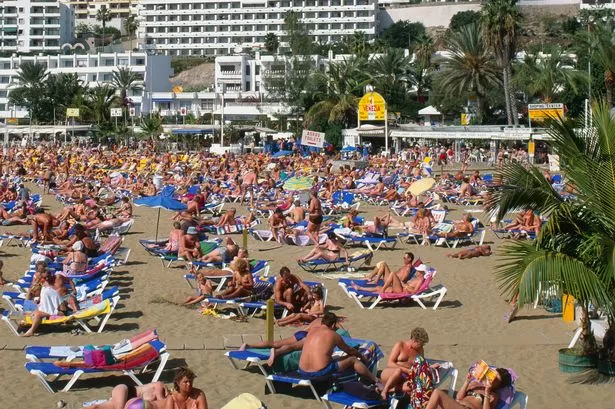NEW YORK — In 1974, the streets of Harlem were quiet and the buildings were run-down, telling the story of a neighborhood that had been left behind. Decades of disinvestment had led to a mass exodus known as urban flight, as residents watched their wealthier and more educated neighbors leave the New York City neighborhood in droves.
But in 1974, Percy Sutton, then the Manhattan borough president and the highest-ranking Black elected official in New York City, launched a campaign to bring back vitality to Harlem. This campaign would later be known as Harlem Week, and it would successfully draw back those who had left. This year, we celebrate the 50th anniversary of Harlem Week, which featured 18 days of free programming showcasing all that this iconic neighborhood has to offer.
According to the Rev. Al Sharpton, whose National Action Network is headquartered in Harlem, Harlem Week stands as “the constant line through the last 50 years of America’s most historic Black neighborhood.” He believes that the dream of Percy Sutton and his peers in government, arts, the church, and other elements of Harlem lives on, stronger than ever.
In the 1970s, Harlem needed more than just an ordinary festival if it wanted to be revived. Those who remained during urban flight, mostly low-income Black families, would turn on their televisions to constant reports of crime, bleak statistics, and reporters who called their home a “sinking ship.” Sutton knew that Harlem was due for a revitalizing and uplifting moment.
That summer, Sutton brought together religious, political, civic, and artistic leaders, including Tito Puente, Max Roach, Maya Angelou, James Baldwin, Harry Belafonte, Sidney Poitier, Ruby Dee, and Lloyd Williams. Together, they devised an event that would shift the focus from Harlem’s troubles to its vibrant legacy: Harlem Day.
Radio disc jockeys Hal Jackson and Frankie Crocker produced a concert at the plaza of the Harlem State Office Building, while actor Ossie Davis cut a ribbon at 138th street and 7th Avenue, announcing the start of the “Second Harlem Renaissance.” This ribbon-cutting ceremony also renamed 7th Avenue to Adam Clayton Powell Jr. Boulevard, in honor of the first African American elected to Congress from New York, marking the first time a New York City street took the name of a person of color.
“About two or three weeks later, Percy Sutton called us all and said it was such a successful day,” said Lloyd Williams, one of the co-founders of Harlem Day and the current president of the Greater Harlem Chamber of Commerce. “It meant so much to the other cities that were being deserted in Detroit, Baltimore, Washington, and Chicago, that they asked if we would do it again on an annual basis.”
And so, they did. Harlem Day evolved into Harlem Weekend and eventually Harlem Week, which, before the pandemic, expanded to a full month of programming. As Williams puts it, “Only in Harlem could a week be more than seven days.” His family has been living in Harlem since 1919.
This year’s celebration featured entertainment, including a headlining performance by hip-hop artist Fabolous, a tribute to Harry Belafonte, and Broadway shows. Other concerts showcased jazz, reggae, R&B, and gospel traditions that have been nurtured in Harlem, alongside hundreds of food and merchandise vendors. Empowerment initiatives, such as financial literacy workshops and health screenings, were also included at Harlem Health Village and the Children’s Festival. Every child who attended received a back-to-school backpack.
Harlem Week has always been a living tribute to Harlem’s history of greats, including W.E.B. Du Bois, Langston Hughes, Augusta Savage, and Aaron Douglas. It recognizes the Harlem Renaissance and Black Arts Movement and honors landmarks like the Apollo Theater and Schomburg Center for Research in Black Culture.
Many historians consider the late 1960s and the 1970s to be the darkest years for Harlem. The neighborhood had been through a lot of unrest, including a 1964 riot that killed an unarmed Black teenager, the assassination of Malcolm X in 1965, and the turmoil after the assassination of the Rev. Martin Luther King Jr. in 1968. Household incomes dropped significantly, and infant mortality rates were high.
Malik Yoba, an actor who was born in the Bronx in 1967










